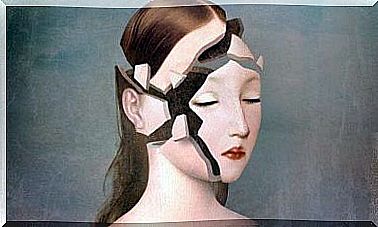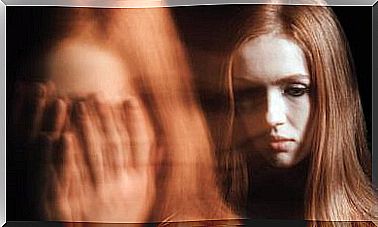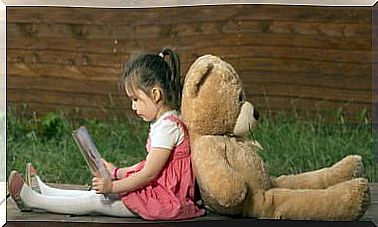Grief Therapy: How To Cope With Goodbye

The death and loss of a loved one is a very tough process that we have all gone through or will go through at some point. While it is true that not all people have the same resources or tools to deal with it. Sometimes this process becomes chronic and becomes a serious problem.
It is estimated that this occurs between 10-20% of the times that a duel is experienced. For these cases there are different techniques, backed by different studies, that can help us overcome this state in which we can all fall “prisoners “. Among them, we are going to talk about directed lamentation. On the other hand, and first of all, we are going to try to differentiate a normal grief from a pathological grief, and we are going to do so motivated by a question: to what extent is so much suffering normal?
Normal grief and pathological grief
Grief is a set of reactions on a physical, emotional and social level that is triggered after a significant loss: in our case, the death of a loved one. Symptoms can vary in intensity and duration, in some cases lasting throughout life. In any case, let us remember that initially it is an adaptive reaction.
Grief, sadness and anxiety are the most common feelings, in that same order, in addition to the fear of loneliness. Guilt feelings may also appear and interest in everything around the person may decrease. The normal thing is that these symptoms disappear in a period that oscillates between six months and a year.
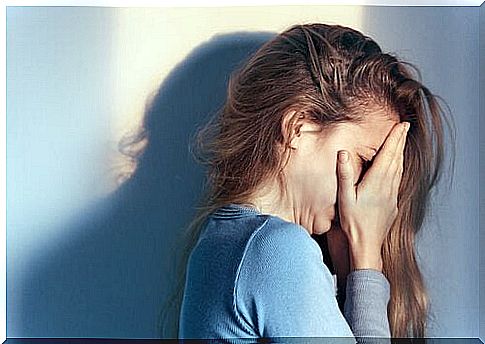
When the emotional reactions are much more intense, make it difficult to carry on with daily life and last more than a year, we can speak of pathological grief. Very unusual symptoms also appear in these cases, such as hallucinations (visions or voices of the deceased) or suicidal ideas. This process is also often complicated by other behaviors such as social isolation, personal neglect or substance use. It is in this case when it is convenient to consider going to grief therapy so that professionals can help us.
Grief therapy: therapeutic strategies
In the treatment of pathological grief, both individual and group therapies are used. It has even been found that in some cases it is very effective to use both. It is about enhancing the individual resources of each person, but also about offering the social support they need to end their isolation.
In any case, the main objective of bereavement therapy is not to forget the deceased, but to transform the process so that the memory of the deceased person does not represent a blockage. The fundamental goals of this therapy would therefore be the following:
- Facilitate the expression of feelings and experiences in relation to the deceased person. On many occasions, the person has remained silent and has not put words to what they felt or thought, making it difficult to overcome death.
- Discuss the circumstances that led to the death. Many times, due to the type of death that has occurred (suicide, terrorist attack, etc.), the grief becomes more painful. Talking about it will facilitate assimilation and acceptance.
- Focus therapy on solving everyday problems and re-adapting to normal daily life. Through small daily steps, great results are achieved.
- Project the patient into the future, gradually making him re-incorporate rewarding activities into his routine. This will make the patient feel that, despite everything, there are still things that can make him feel good.
Directed lamentation as grief therapy
This therapy is used in people who are going through a pathological grief with avoidance behaviors, emotional blockage and re-experimentation in the form of nightmares or invasive thoughts. In this regard, it is worth noting the role that directed lamentation can play . It consists of exposing the person to memories that relate them to the deceased, especially to shared experiences.
For example, the reading of letters or the presentation of a photo album is often used. In any case, it is about breaking the disruptive emotional inhibition. The underlying mechanism that makes this type of therapy work is the weakening of the conditioned emotional response (sadness) through the repeated presentation of stimuli that generate this same response.
This repeated exposure can also be carried out with initially gratifying behaviors, which have been stopped because they remembered the deceased person. For example: going to the movies, traveling, going out to dinner, etc. In these cases, the activity’s own gratification will also serve as the underlying mechanism of therapy.
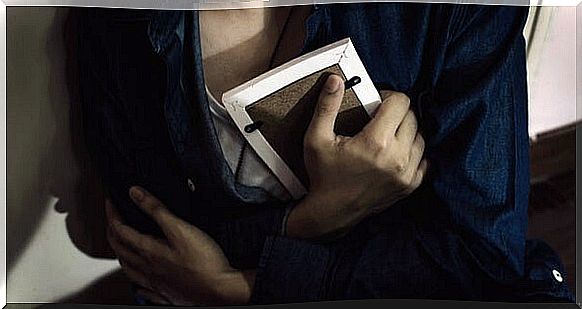
Recovery indicators after pathological grief
How can we know that grief therapy has worked? What behaviors determine recovery after pathological grief? A series of indicators or signals that allow us to differentiate this recovery are listed below:
- The person has recovered the biological constants in relation to appetite and sleep.
- Verbal expression of feelings and affective expressions such as smiles or hugs reappear.
- The subject already engages in rewarding behaviors, resumes his social life and even participates in volunteer activities to help others.
- The memory of the deceased is already integrated as part of the personal history without triggering excessive negative emotions. Positive experiences lived with the person who is no longer there are evoked.
- You enjoy everyday life and set future goals.
In short, grief is a normal process that requires personal elaboration that is not always easy to carry out. In any case, knowing the pathological grief and some of the therapeutic solutions can help us to identify and face the last goodbye, in addition to motivating us to seek the help of a professional if we need it.
